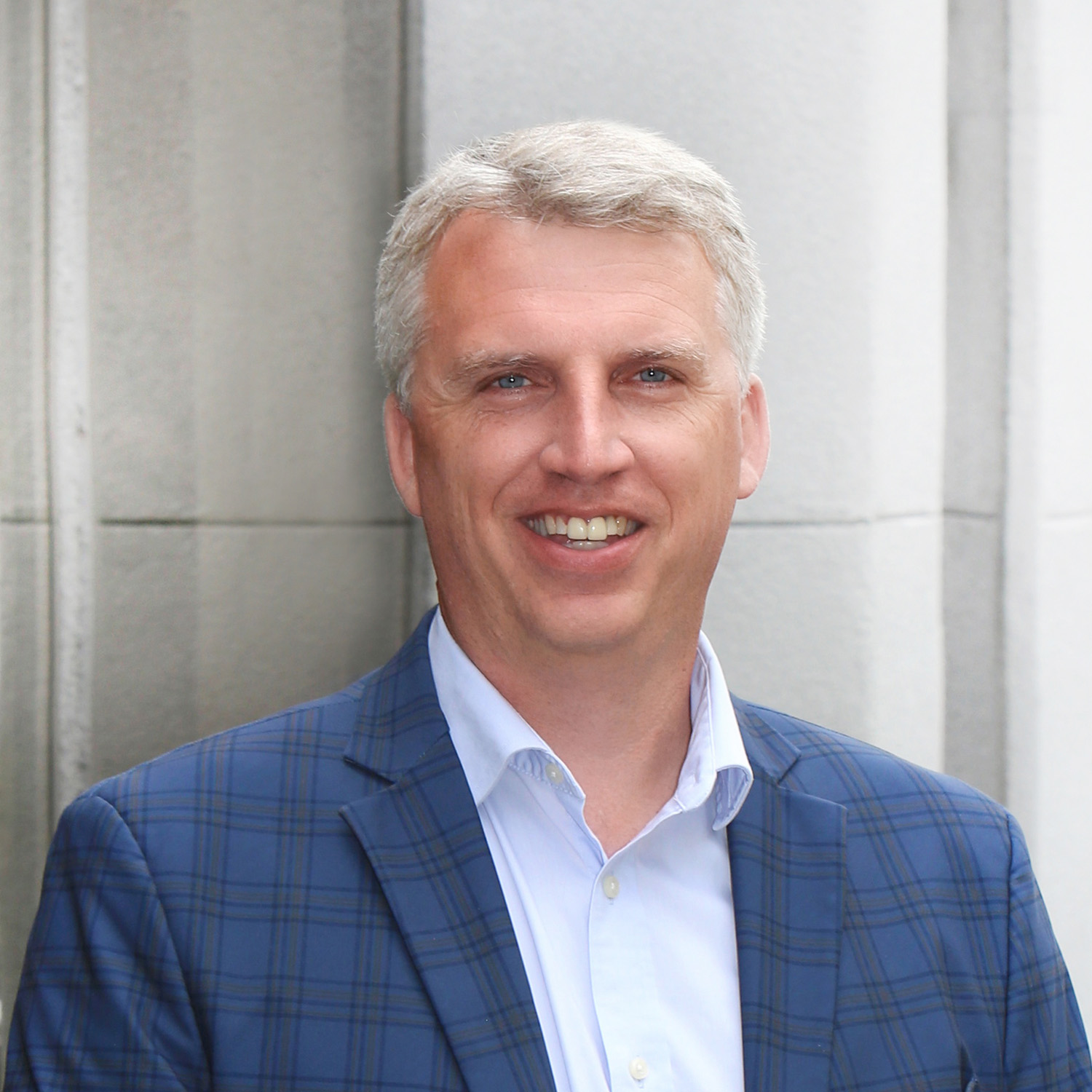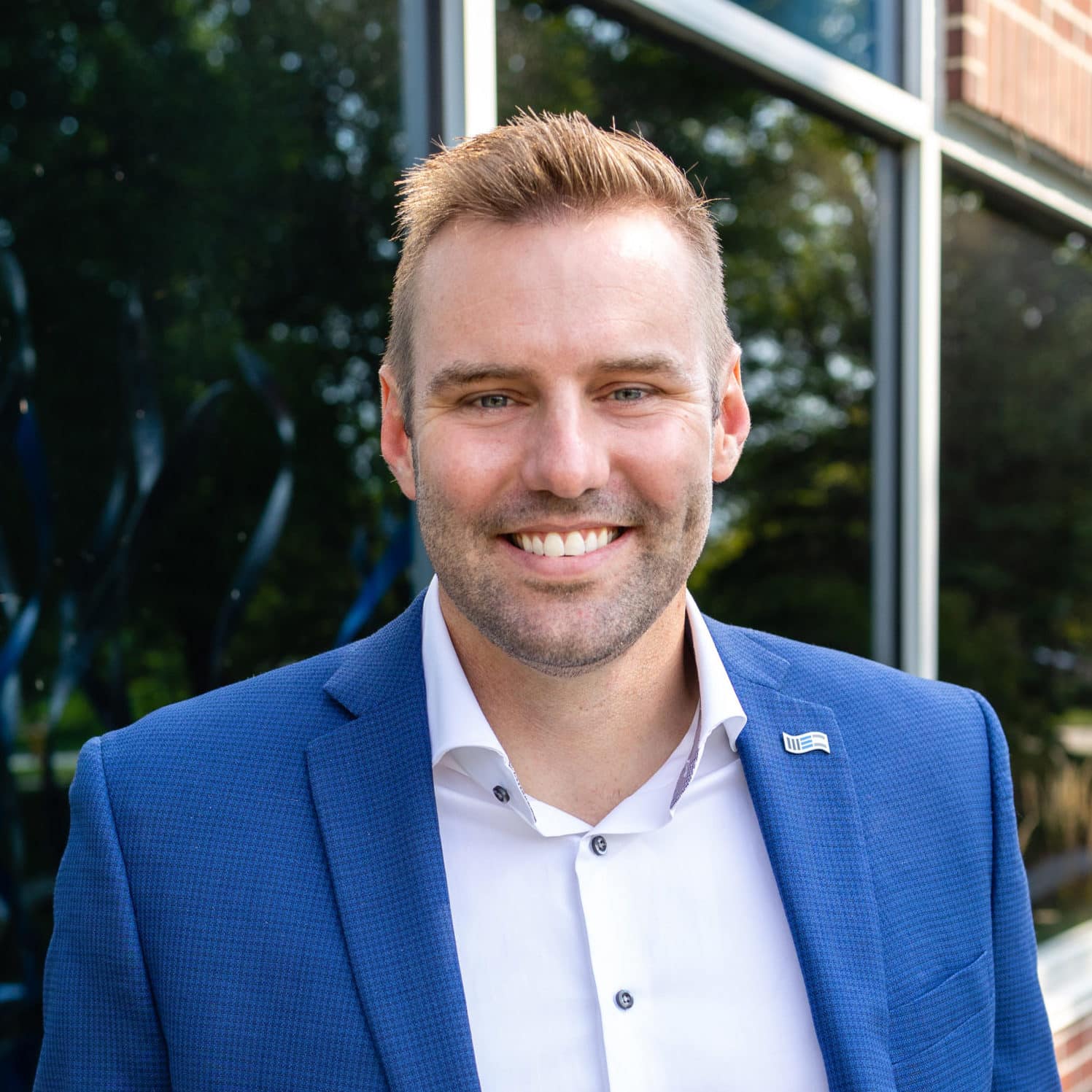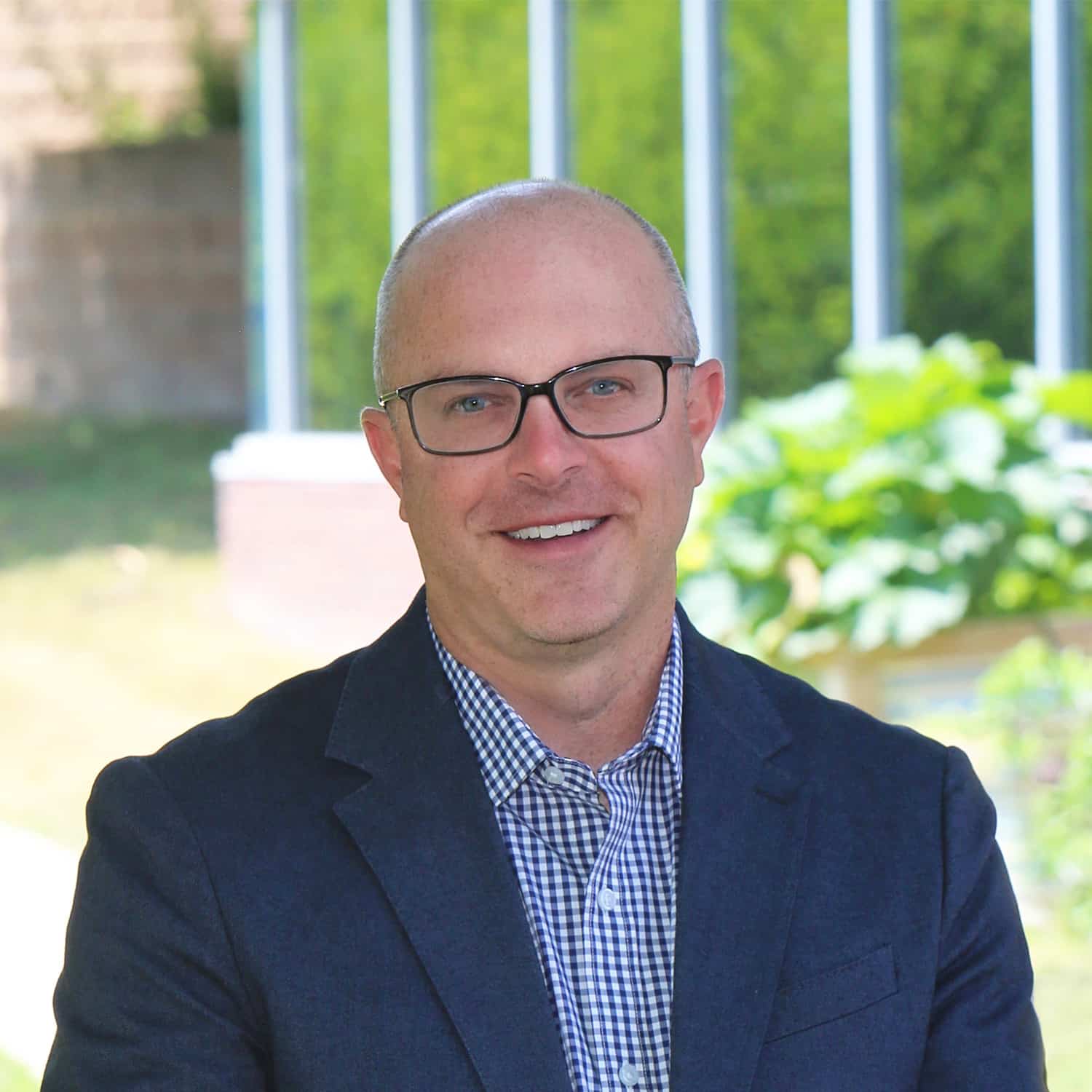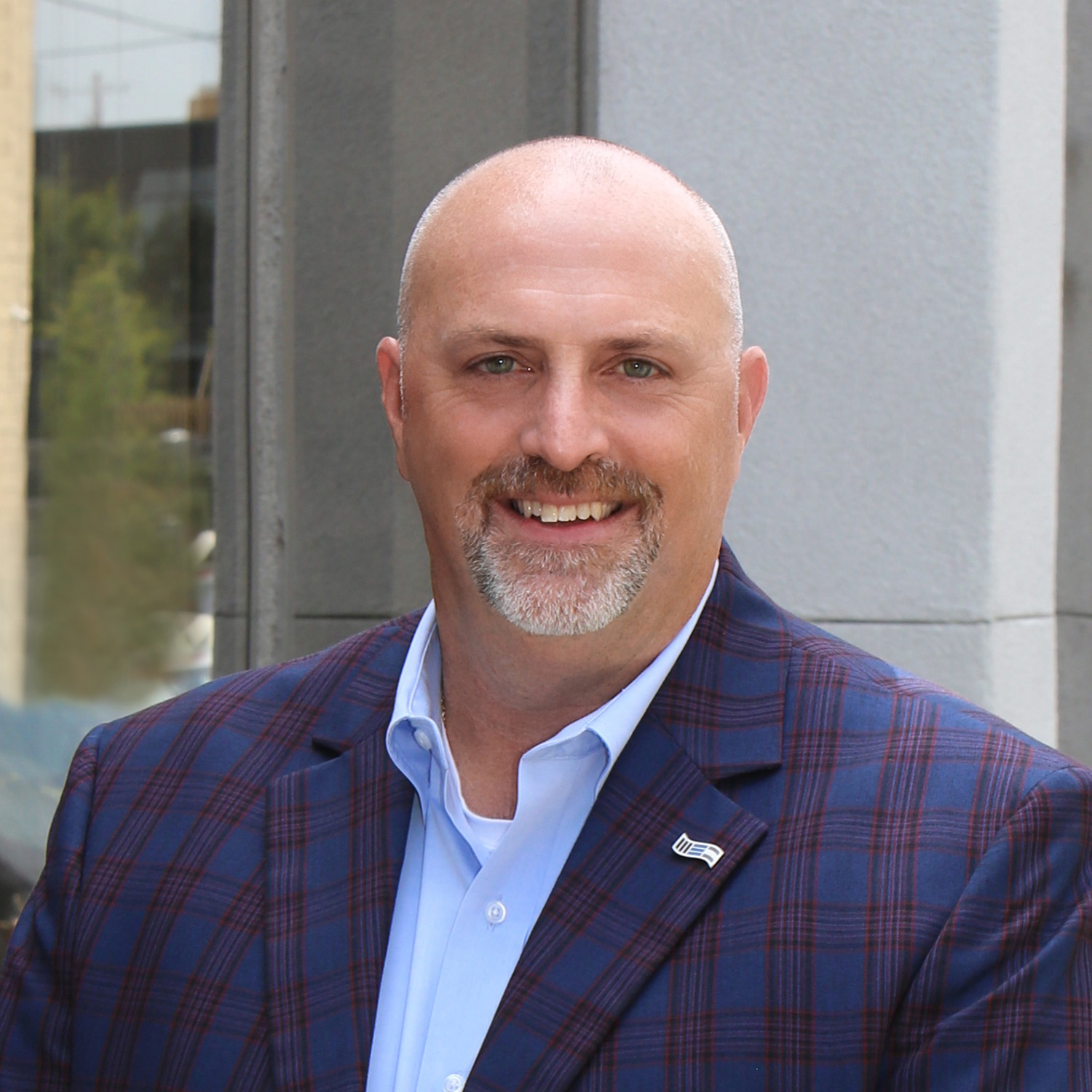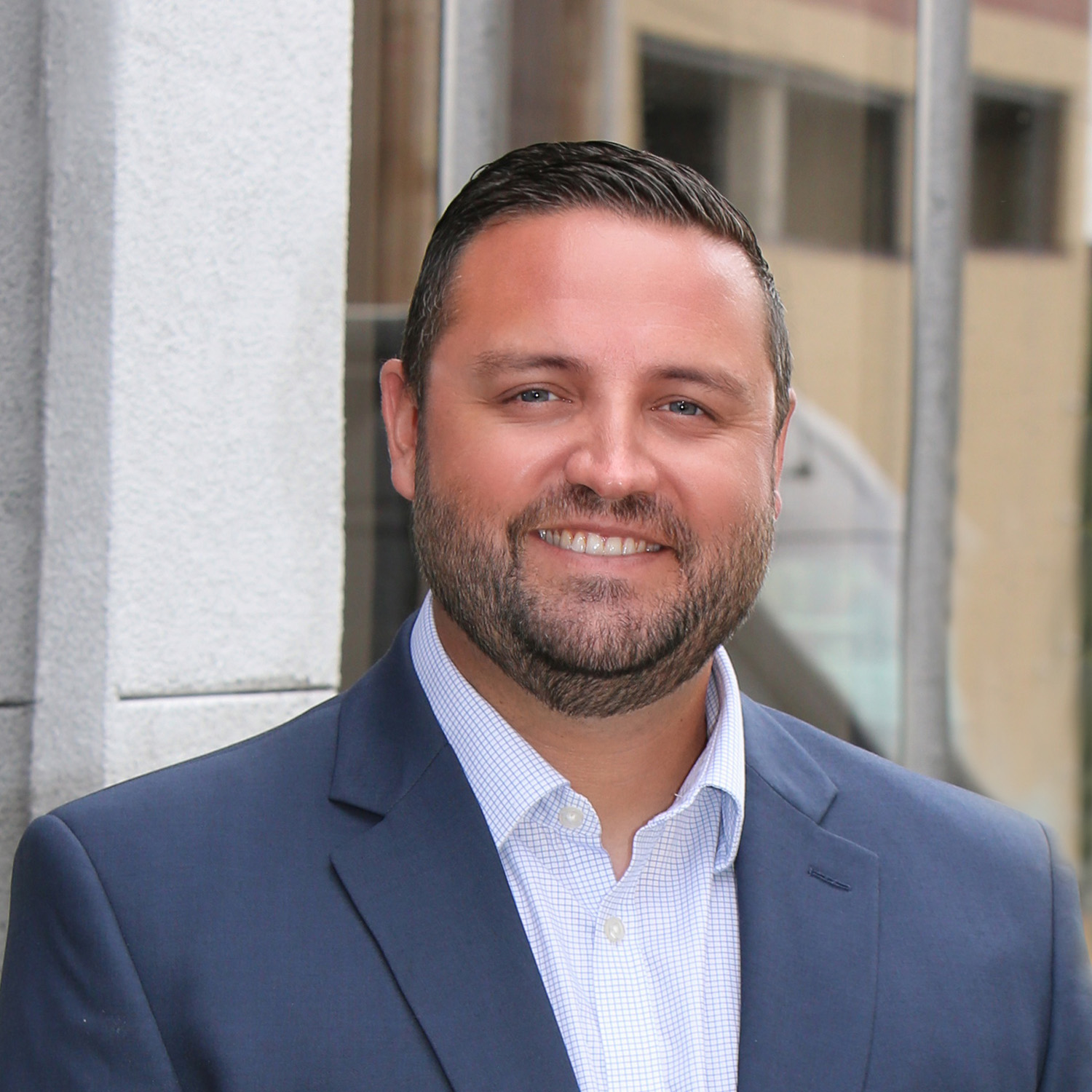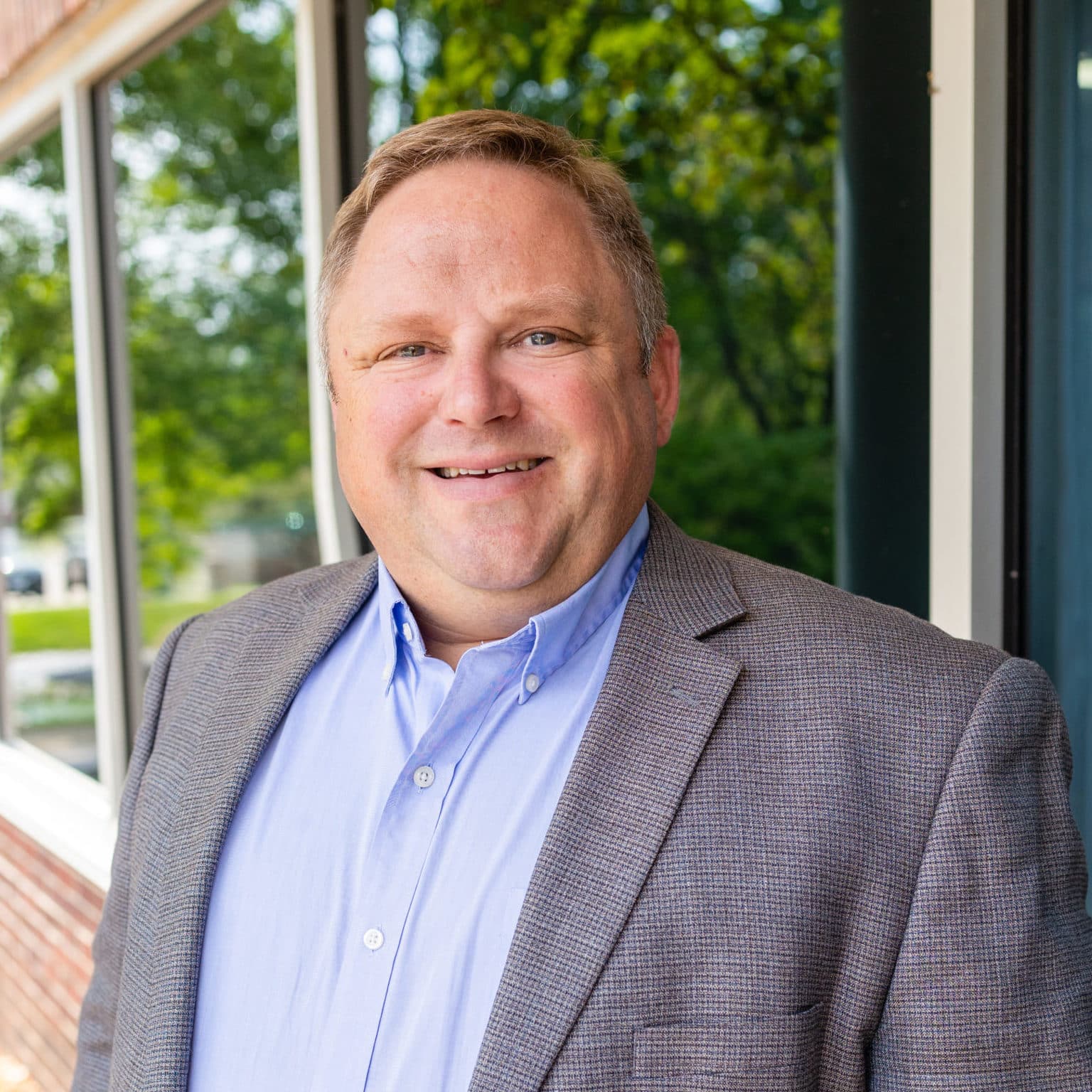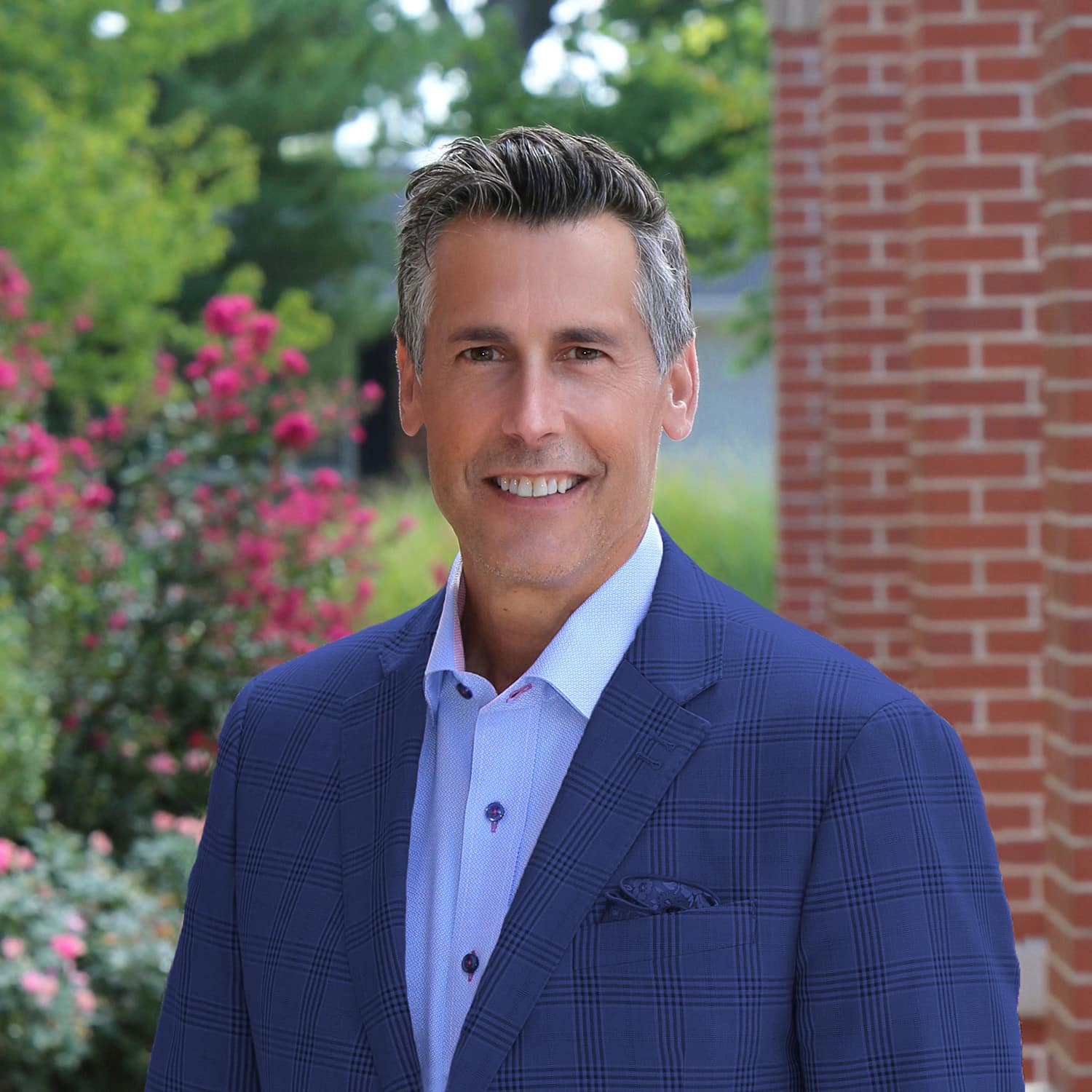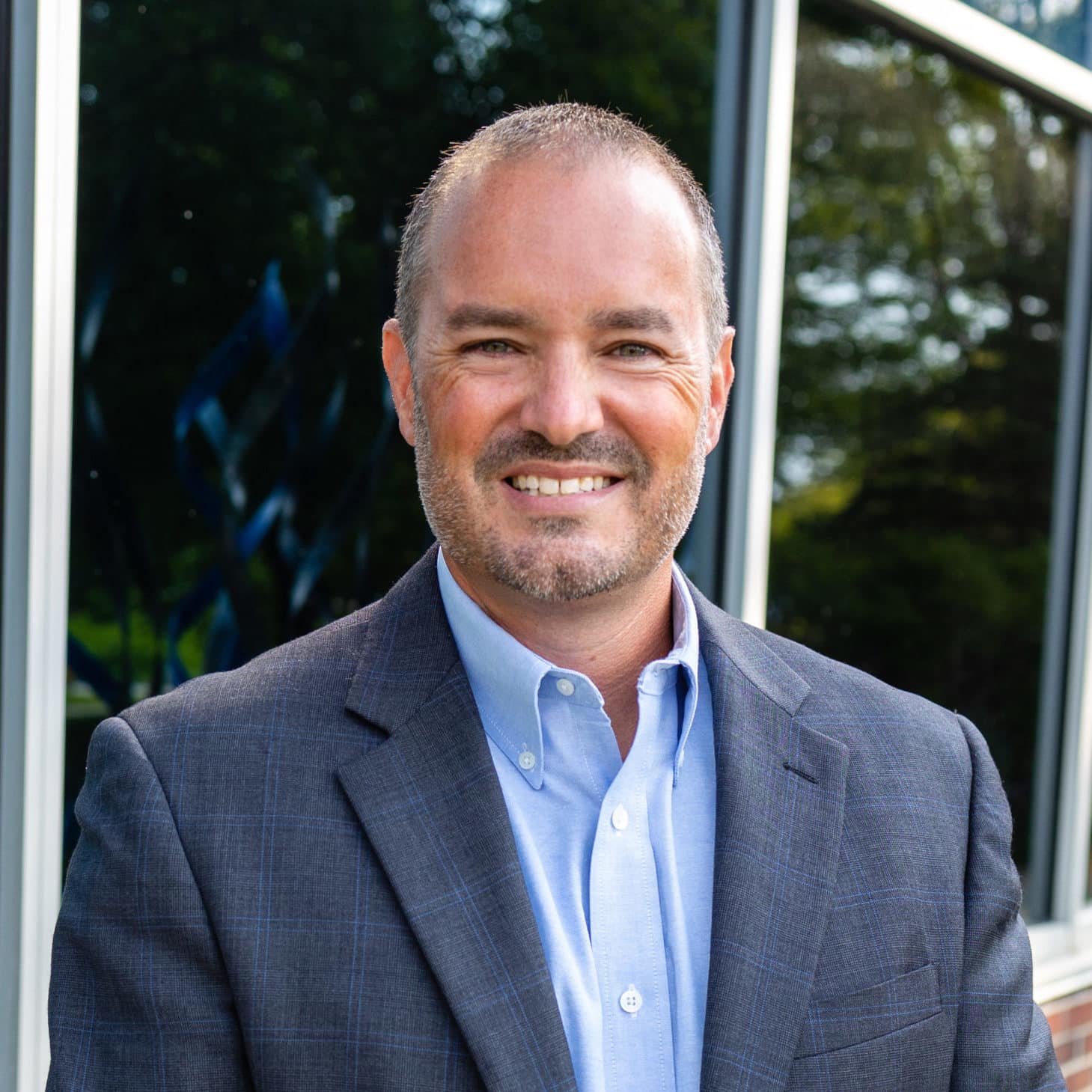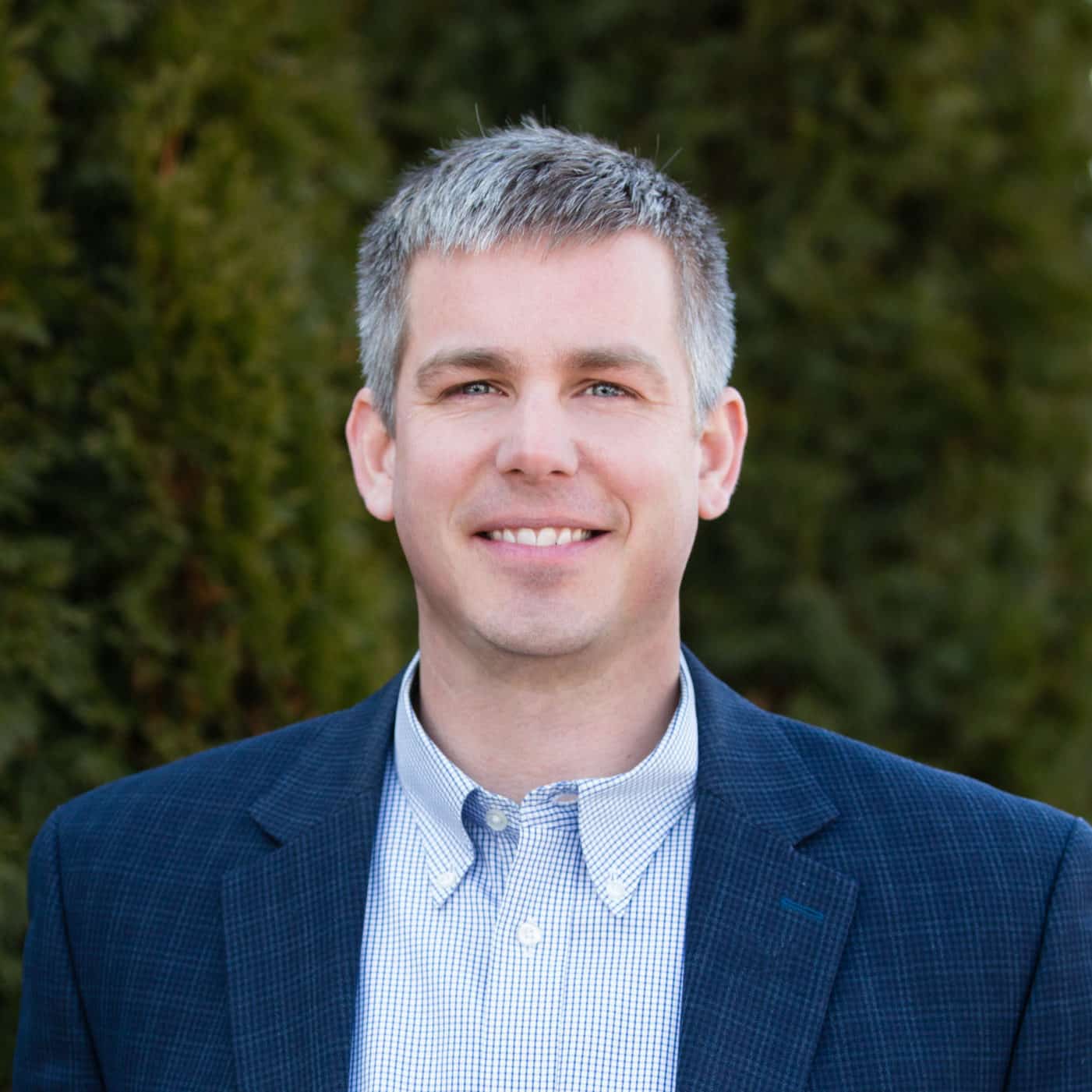
The Kansas City Royals will play under the new LED lights on opening day at Kauffman stadium. Photo courtesy of Troy McKenna.
When Kauffman Stadium planned to transition from metal halide to LED lights, McClure Engineering Company (MEC) was contacted by the stadium engineer to assist with selecting a lighting vendor. Not only did the LED manufacturer need to be up to date with Major League Baseball’s current lighting standards, but it also had to ensure the vendor met the Kansas City Royals’ ideals.
“With the aid of the team, we put together a selection matrix for what was most important,” said Dale Dickson, team leader, M/E/P engineering. Considerations included the initial expense of the lights, the timing and schedule of the installation, energy consumption, eligibility for rebates, the lighting control system and features, and warranty/service options.
The Royals selected Musco Lighting as its vendor, which supplied 412 TLC (Total Light Control) for LED systems for the ballpark. In addition to field lighting, Dickson said the emergency lights under the stadium concourse were also replaced with LED lights.
“The new lighting system will improve visibility on the field, allowing players and fans to track the entire flight of the ball, enhance energy efficiency, and provide a heightened entertainment experience,” said Jeff Rogers, Musco Lighting’s vice president of sales.
On the field, the LED lights will reduce glare for players and fans, and enhance the overall experience at the ballpark. By integrating with the stadium’s DMX technology, which controls the lights and effects at the stadium, the individual TLC for LED fixtures can be synchronized with music and used to create a cutting-edge light show.
A Unique Installation
Timing was the biggest challenge during the installation. “It takes time for 500 light fixtures to be manufactured and installed,” Dickson said. “And there was no way for the lighting change to happen until after the season was over.”
Further complicating the schedule was the new playing field that was installed during the off season at Kauffmann Stadium. The Royals’ grounds crews excavated the field down about 20 inches to put in a new $1 million irrigation system and replaced the sand, gravel, and infield clay to improve drainage on the field. Once these systems were put in place, new sod was added and needed ample time to grow. The already-tight window to mount the lights became even more challenging, which led the Royals to use a helicopter to install groups of lights rather than mount the individual light fixtures with a crane.
On Dec. 27, 2017, 412 new LED lights were slated for installation. In the Lot A parking lot at Kauffman Stadium, six to eight light fixtures were bolted together by Mark One Electric. The helicopter lowered a rope with two different tethers spread out in a V-shape, and the lights were attached by riggers on the ground. In the light standard, another group of Mark One electricians accepted the lights as they were lowered by the helicopter and put them in place. Each section of lights took less than five minutes to pick up, fly into place, and connect. In total, 56 light structures were flown in place at Kauffman Stadium.
“What LED lights are going to do for Royals’ fans is to provide a brighter, more even spray of light on the stadium,” said Toby Cook, vice president of publicity for the Royals. “About one-third of the baseball clubs have done this, including the World Champion Houston Astros.”
In addition to Minute Maid Park in Houston, LED lights have been installed at other MLB ballparks, including the Padres’ stadium at Petco Park in San Diego and the Orioles’ home at Camden Yards in Baltimore. LED lights also have replaced older lamps at Minor League Baseball parks like at Principal Park, where the Iowa Cubs play in Des Moines, and the Quad Cities River Bandits’ stadium at Modern Woodmen Park in Davenport, Iowa.
Improved Electrical Efficiencies
For the Royals, switching to LED reduces maintenance and gives the team a break on its utility bill. Musco Lighting’s parts and labor warranty eliminates maintenance concerns and costs for the Royals for 25 years. Kansas City Power & Light also put together a custom rebate program to help the team save on its electricity costs.
Metal halide lights previously used at the stadium took about 15 minutes to warm up, while the new LED lights can turn on and off instantly. The expense to fire up the halide lamps is eliminated with LED lights. Combined with the credits obtained by switching to LED, KCP&L said the Royals will save in upwards of $40,000 a year on its electric utilities.
Rogers said the Musco Lighting system will reduce energy consumption by 59 percent, when compared to the previous system. It will also reduce CO2 emissions by 6,696 tons over the next 25 years, which is equivalent to taking 1,413 cars off the road for one year.
